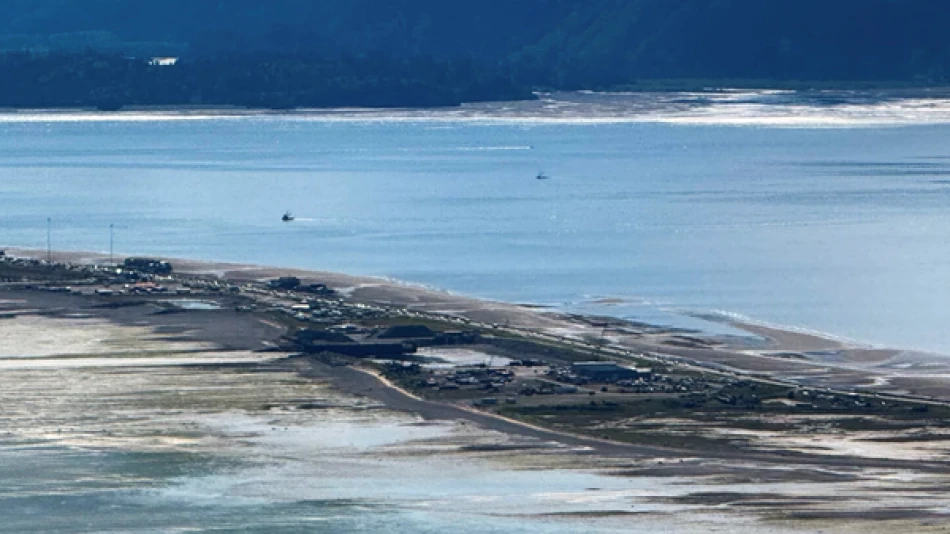
Powerful Quakes Shake Eastern Russia, Tsunami Warning Lifted
Pacific Ring of Fire Claims Another False Alarm as Russia's Kamchatka Dodges Major Tsunami
A powerful 7.4-magnitude earthquake off Russia's far eastern coast triggered widespread tsunami warnings across the Pacific on Sunday, only to dissipate without producing the destructive waves scientists had feared. The incident highlights both the volatile nature of the Pacific Ring of Fire and the challenges facing early warning systems in one of the world's most seismically active regions.
The Earthquake That Wasn't a Catastrophe
The main quake struck at 08:49 GMT in the North Pacific, approximately 150 kilometers east of Petropavlovsk-Kamchatsky, the largest city on Russia's Kamchatka Peninsula. The U.S. Geological Survey initially warned of "dangerous waves" and predicted tsunami heights of 30 centimeters to one meter along Russian coasts, with smaller waves expected in Japan and Hawaii.
However, by the time the first waves were expected to reach populated areas, Russian emergency officials confirmed no tsunami had materialized. "Tsunami risks to populated areas in Kamchatka have ended," the Russian Emergency Ministry announced hours after the initial alert.
Aftershocks Continue to Rattle the Region
Local Governor Vladimir Solodov cautioned residents about potential aftershocks, which remain common following major seismic events. The USGS recorded a significant 6.7-magnitude aftershock among the series of tremors that followed the main earthquake.
Why Kamchatka Remains a Seismic Powder Keg
The Kamchatka Peninsula sits at the volatile intersection of the Pacific and North American tectonic plates, making it one of Earth's most earthquake-prone regions. This geological positioning has produced seven major earthquakes of magnitude 8.3 or higher since 1900, underscoring the area's potential for catastrophic seismic events.
The region's remote location and sparse population have historically limited casualties from major earthquakes, but the constant threat keeps emergency services on high alert. Sunday's event serves as a reminder that while not every significant earthquake produces a devastating tsunami, the potential for disaster remains ever-present.
Early Warning Systems Face Pacific Challenges
The false alarm highlights the delicate balance tsunami warning centers must strike between public safety and avoiding unnecessary panic. Predicting which earthquakes will generate destructive waves remains an inexact science, particularly in the vast Pacific Ocean where seismic activity occurs regularly.
Similar warning systems have proven their worth in past disasters, including the 2011 Tōhoku earthquake and tsunami in Japan, which killed nearly 20,000 people. The Pacific Tsunami Warning Center continues to refine its models, but Sunday's event demonstrates that erring on the side of caution often means issuing warnings that ultimately prove unnecessary.
Regional Impact and Preparedness
While major population centers escaped unscathed, the Russian Emergency Ministry had predicted waves of up to 60 centimeters in the Commander Islands in the southwestern Bering Sea, with 15-40 centimeter waves expected along parts of the Kamchatka Peninsula. These predictions, while ultimately unrealized, reflect the serious approach authorities take to seismic threats in the region.
The incident serves as both a relief and a rehearsal for the inevitable future earthquake that may not prove so benign in this seismically restless corner of the Pacific.
Most Viewed News

 Layla Al Mansoori
Layla Al Mansoori






